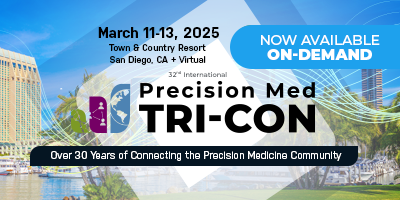Free Webinar | Multiplexed Tissue Imaging the Spatial Biology of Cancer
Thursday, December 2, 11:00 am – 12:00 pm EDT
Webinar Overview:
While traditional histology methods are the cornerstone of cancer diagnosis, they provide limited molecular information and quantitative measurements. Recent developments in tissue imaging technologies have made
available new tools that promise to advance our understanding of human disease and help guide the development and implementation of new therapies. This talk will focus on the use of multiplexed antibody-based tissue imaging of multiple antigens at
single cell resolution using cyclic immunofluorescence (CyCIF) and Orion high-plex imaging and the use of this data to identify cell lineages and states (molecular phenotypes) and map their spatial organization and interactions at different scales.
Clinically significant features of cancer proliferation and immune cell activation/dysfunction can be characterized using these multivariate single-cell measures, a fundamental step in enabling more precise use of anti-cancer therapies.
Speaker:
Sandro Santagata, MD, PhD
Associate Professor, Pathology | Department of Pathology
Brigham and Women's Hospital
Dr. Santagata trained in the MSTP at Mount Sinai School of Medicine (MSSM) where he worked with Eugenia Spanopoulou and Stuart Aaronson studying immunodeficiency disorders and mechanisms of antigen receptor rearrangement which resulted in 10 manuscripts. At MSSM, Dr. Santagata also completed a short research fellowship with Lawrence Shapiro using protein structures to determine functions of poorly characterized proteins. He then trained in anatomic pathology and neuropathology at Brigham and Women’s Hospital. Afterwards working with Susan Lindquist at the Whitehead Institute, MIT, studying the role of the heat shock response regulator, HSF1, in cancer development. Dr. Santagata started his independent laboratory in 2013 in the Department of Pathology at Brigham and Women’s Hospital, aiming to understand the mechanisms by which tumors develop their most aggressive phenotypes. Throughout his pathology training and as an investigator he has worked on both basic science studies and translational molecular pathology studies.



















